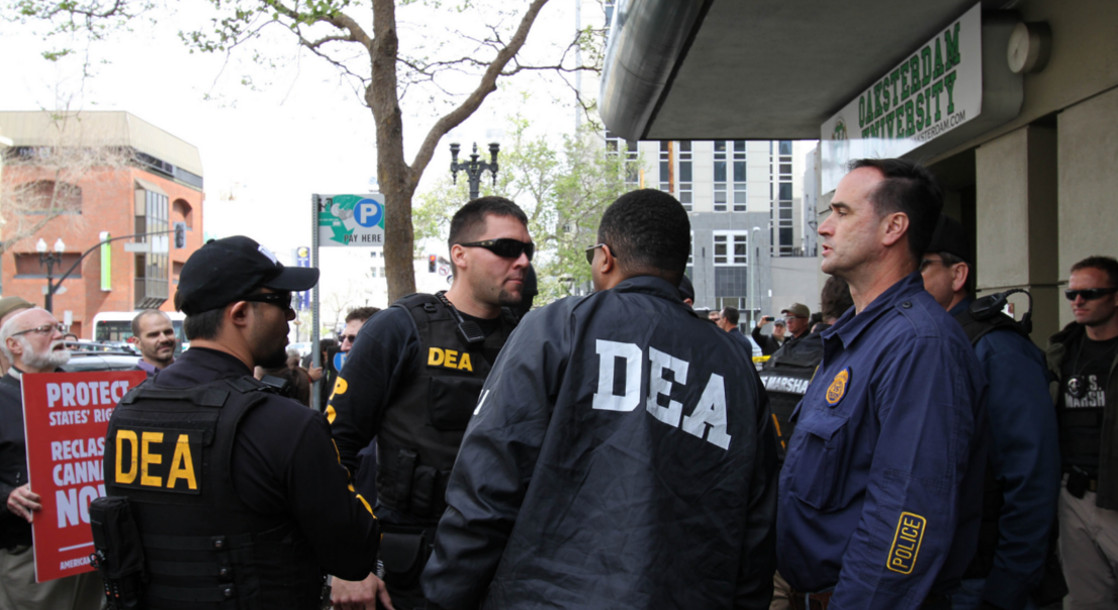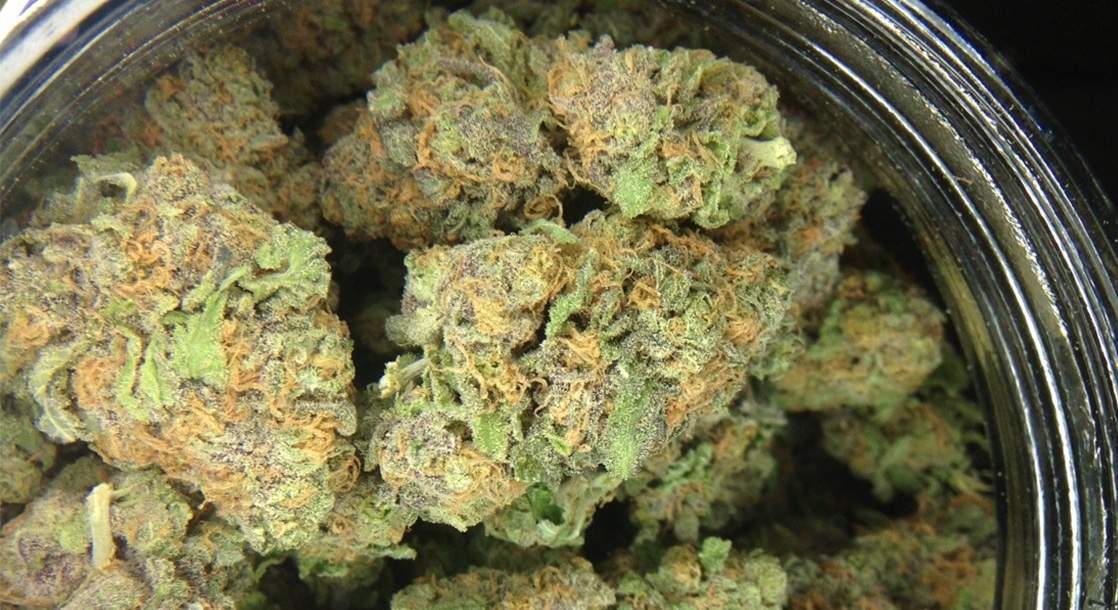Los Angeles’ decade-long fight with unlicensed pot shops will be coming to a head soon, with state and city regulators set to make the transition from a medical to recreational cannabis industry within the next six months. But while LA politicians are trying their best to shut down the city’s slew of unregulated dispensaries and start anew for recreational, a new study published in the Journal of Urban Economics suggests that the city’s first wave of dispensary shutdowns actually helped raise local crime rates.
According to a deep dive from Cannabis Now, the researchers found that once the dispensaries disappeared, property crimes increased in the surrounding areas, a phenomenon that the authors of the study attributed to a lack of foot traffic and public engagement in the neighborhoods after the dispensary closures.
“Our results demonstrated that the dispensaries were not the crime magnets that they were often described as, but instead reduced crime in their immediate vicinity.” Study authors Tom Y. Chang and Mireille Jacobson told the Harvard Business Review. “And when breaking down the effect by types of crime, we found that the increases in crime after dispensary closures were driven by the types of crime most plausibly deterred by bystanders: property crime and theft from vehicles.”
The bystander theory, popularized by urban sociologist Jane Jacobs and her concept of ‘sidewalk safety’ in her book The Death and Life of Great American Cities says that on city blocks where people are active and engaged, crime is less likely to occur. In other words, even though we always want to light our joint on busy streets, we usually wait until we’re on a less populated side street to spark up.
So while the city’s anti-cannabis contingent and political movers and shakers would all have you believe that storefront dispensaries bring a “bad element” into law-abiding neighborhoods, it turns out the opposite is true – dispensaries don’t only sell bud, they bring crime-fighting sidewalk safety with them. To test their theory, Chang and Jacobson looked at property crime in areas where restaurants were closed due to health inspection and found a similar spike.
“We found essentially the same pattern as we did with medical marijuana dispensaries: The area immediately around a closed restaurant experienced an increase in property crime and theft from vehicles, relative to areas around restaurants that were either recently reopened or about to be closed.”
But while it may sound ludicrous to call restaurant patrons criminals, the myth about cannabis consumers still persists, and despite the changing attitudes about cannabis, municipalities around the country are still doing their best to ban retail pot shops. For Dr. Amanda Reiman, an academic specializing in all things cannabis, the dispensary shutdowns are just another example of how normalizing legal weed will help, not hurt, public safety.
“What is left is the very real truth about urban development and public safety: Empty buildings attract criminal activity, as do streets with little lighting and foot traffic. When any business vacates a building and no one moves in, conditions for criminal activity increase,” Reiman told Cannabis Now. “The more that cannabis businesses are viewed as legitimate and no different than other businesses, the easier it will be for cities to create policies that actually improve public safety, such as addressing vacant buildings, and work with the cannabis industry on community development.”











